Ethiopia
The Oromos – Ethiopia’s largest ethnic had been at the heart of mass anti-government protests spanning for three years.
Opposition to land reforms in the Oromia region morphed into wider demands for democracy unearthing underlying tensions across the region, the effect had at a point spread to the Amhara region – the second largest after Oromia.
A dogged activism – online and on ground, was often met by a heavy security clampdown. Foreign allies and rights groups weighed in and called for restraint.
All that changed when the ruling coalition according to political and security watchers – faced with an implosion, opted the path of effecting change at the top.
For the first time, an Oromo was handed the reins of the EPRDF and the government machinery. Abiy Ahmed had earlier been chosen leader of the Oromo bloc in the coalition, then OPDO now Oromo Democratic Party, ODP.
Power had finally been handed to an Oromo, the task ahead was how Abiy could deliver on the demands on the protesters who marched despite knowing they would be met with bullets.
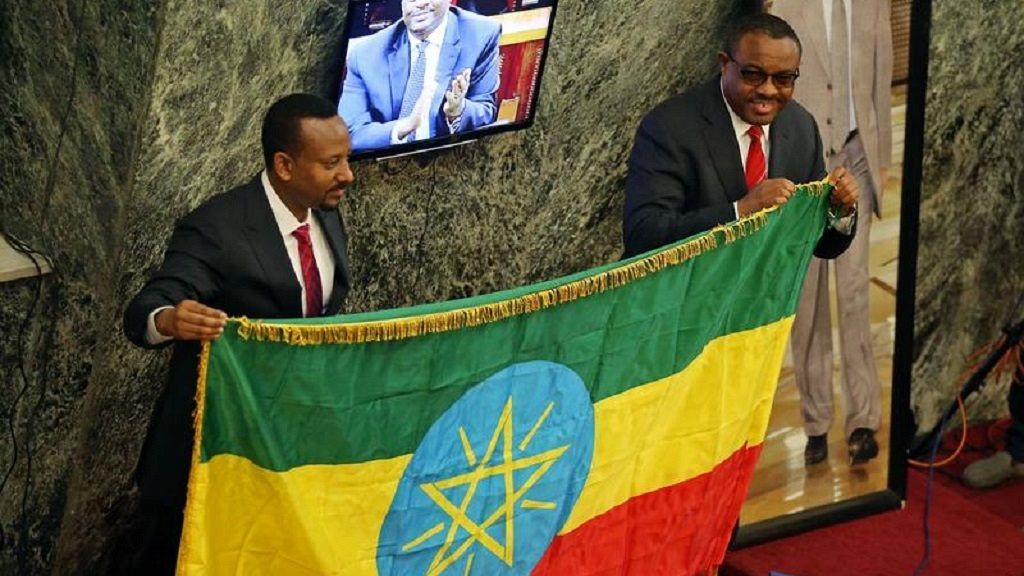
At the top, the last eight months have admittedly been a largely historic run across different rungs of Ethiopia’s social ladder. It has been months of peacebuilding, concrete effort at political inclusion and freedom of expression.
The main challenge has brought pain – insecurity. Most of the instances of deadly insecurity has been centered in Oromia where Oromo militia have reportedly been on rampage.
Their lawlessness along Oromia’s borders the Somali regional state, the southern, SNNPR and clashes along the Beninshangul Gumuz states have claimed lives and led to mass displacement.
The incidents largely shot Ethiopia to the top of a list of internally displaced persons. The Geneva-based IDMC found that Ethiopia was ahead of Syria and Afghanistan in the area of internal displacements due to armed conflicts.
The federal government and Oromia regional state have stressed multiple times that it was going to do all it took to guarantee the safety and security of people living any and everywhere in the country but that hardly stopped the violent incidents.
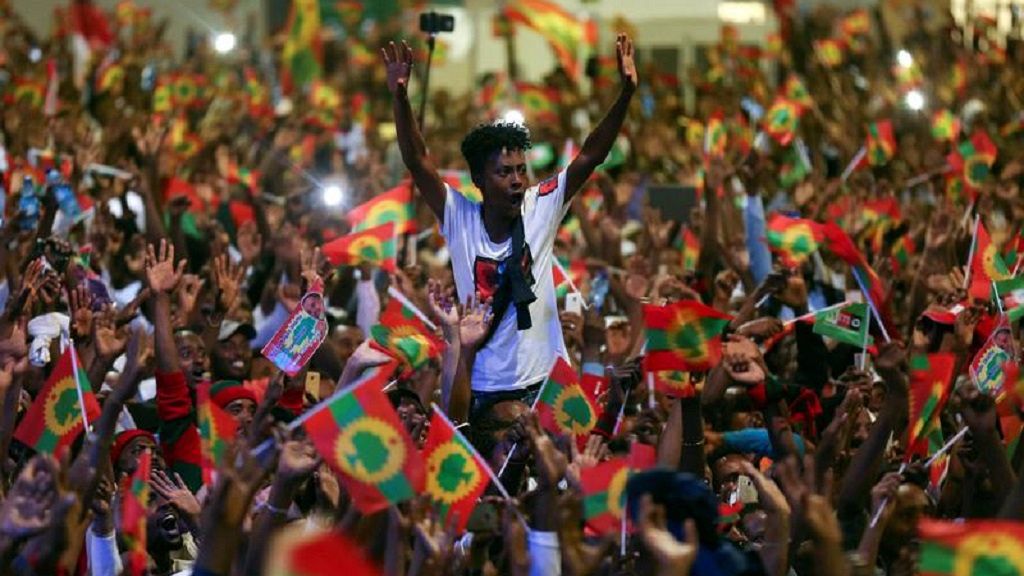
Oromia protests roll on – flags, insecurity
Oromia, could be described in the past years as Ethiopia’s protest region. The anti-government protests had largely abated but protests still took place.
The text new protests were largely making demands from government to get a grip on security and to stave off the actions of militias. Federal forces have been deployed in rare instances and government has as usual given assurances.
Another cause of protest in the region was what became known as the flag crisis at the height of the return to town by exiled political groups specifically the Oromo Liberation Front, OLF, that had been operating in Eritrea.
Young men from Oromia clashed with those residents in the capital Addis Ababa, Addis is a chartered city that lies in Oromia with parties in the region demanding explicitly that it be so recognized.
Protests were also held in the aftermath of deadly attacks on the outskirts of the capital, specifically in the town of Burayu.
The ethnic based attacks had led to loss of lives, property destruction and a mass displacement that saw thousands flee to Addis Ababa and other safer zones.
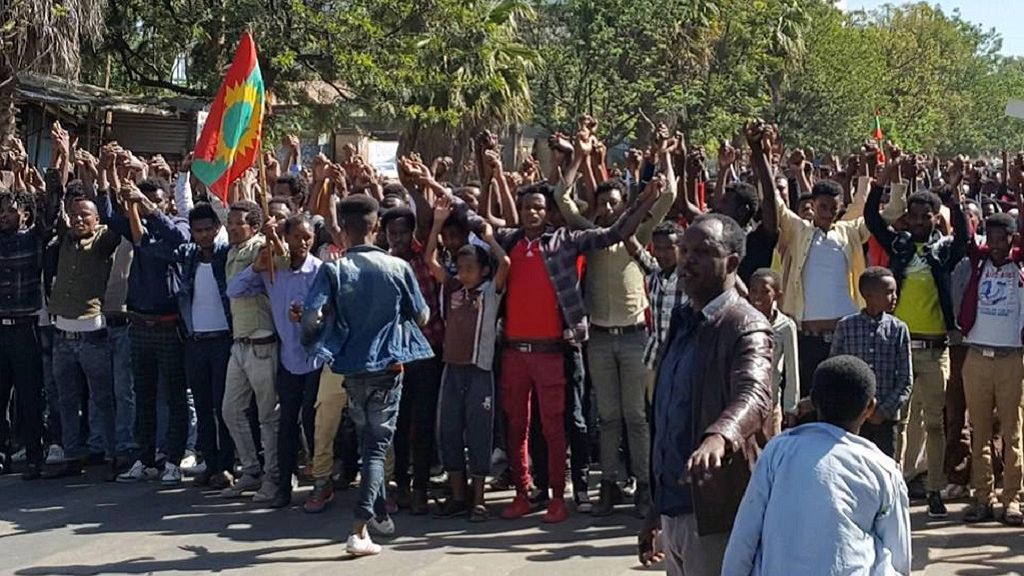
ODP leading Oromia political alliances
The region has in 2018 also welcomed some of its pro-democracy heroes back home – specifically the Oromo Liberation Front, OLF, and the Oromo Democratic Front, ODF.
OLF led by Dawud Ibsa were based in next door Eritrea where they were pursuing armed opposition to the government. They returned after the peace deal of July 8, 2018 signed by PM Abiy Ahmed and Eritrean President Isaias Afwerki.
ODF on the other hand officially returned to Ethiopia from exile with its leadership led by Lencho Leta holding meetings with Abiy.
The ruling party in Oromia, ODP has also made significant efforts in the area of building alliances with other parties in the region, ahead of crucial 2020 polls which Abiy promises will be free, fair and credible.
Release of Oromo leaders, return of top activist
Another big return to town was that of activist Jawar Mohammed
whose report on ongoings back home had led to a terrorism charge. The charge was dropped allowing the Oromo Media Network chief to return to Addis Ababa.
Jawar, through social media organized series of protests. He is touted as leader of Oromia youth – Qeeroo. He has in interviews stressed the need for an organized transition to democracy raising red flags on issues as and when.
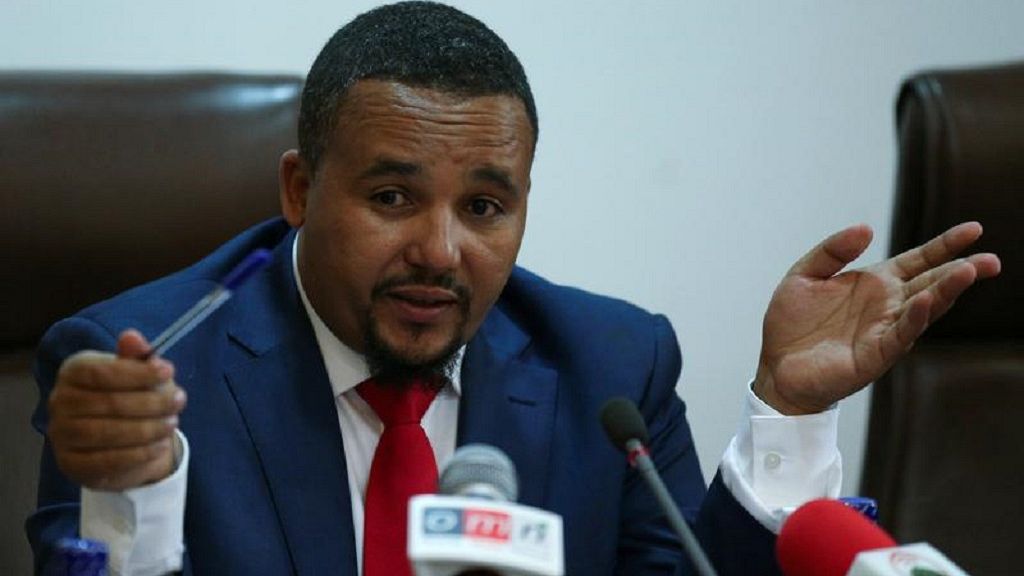
Even ahead of Abiy’s rise to power, a mass prisoner release saw the release of Oromo Federalist Congress, OFC leaders – Merera Gudina and Bekele Gerba.
The OFC, was the main Oromo party operating back home at a time when most of the notable ones were operating in exile. Gudina and Gerba were the face of the struggle back home. Their respective releases saw thousands throng the streets in jubilation.
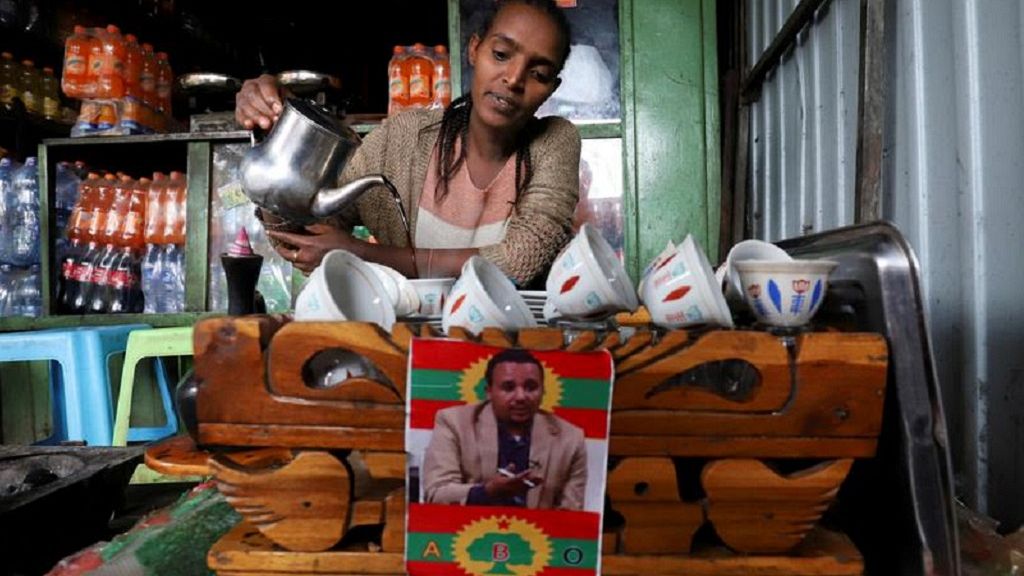
Visit our ’2018 Review’ page for more Shaban Abdur Rahman Alfa
Digital journalist
alfa.shaban@africanews.com @alfaafrican



![2018 for Ethiopia’s Oromos: Power, pain, protests [Review]](https://static.euronews.com/articles/619055/400x225_619055.jpg)

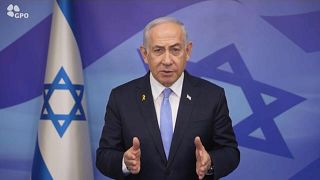
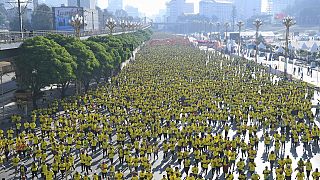
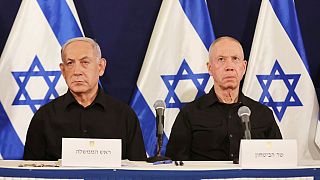
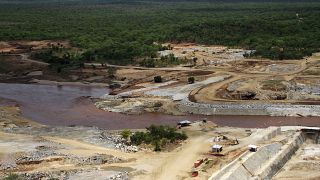
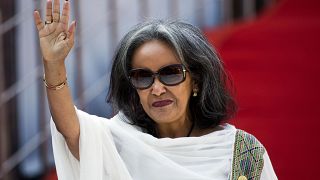
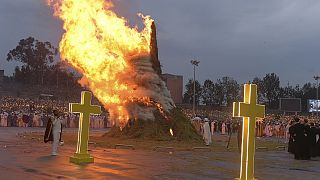

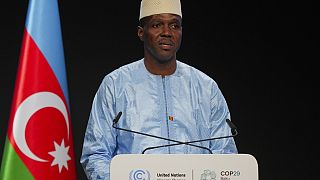
02:19
From tattoos to bark cloths, Samoa keeps proud traditions alive
Go to video
At least 7 members of Nigerian security force missing after insurgents ambush convoy
01:09
Residents of Haitian capital improvise for their shelter
01:07
Pro-palestinian demonstrators protest in Rio de Janeiro as G20 summit unfolds
00:58
Somaliland opposition leader wins presidential poll
11:07
Botswana's new government races to diversify its economy {Business Africa}